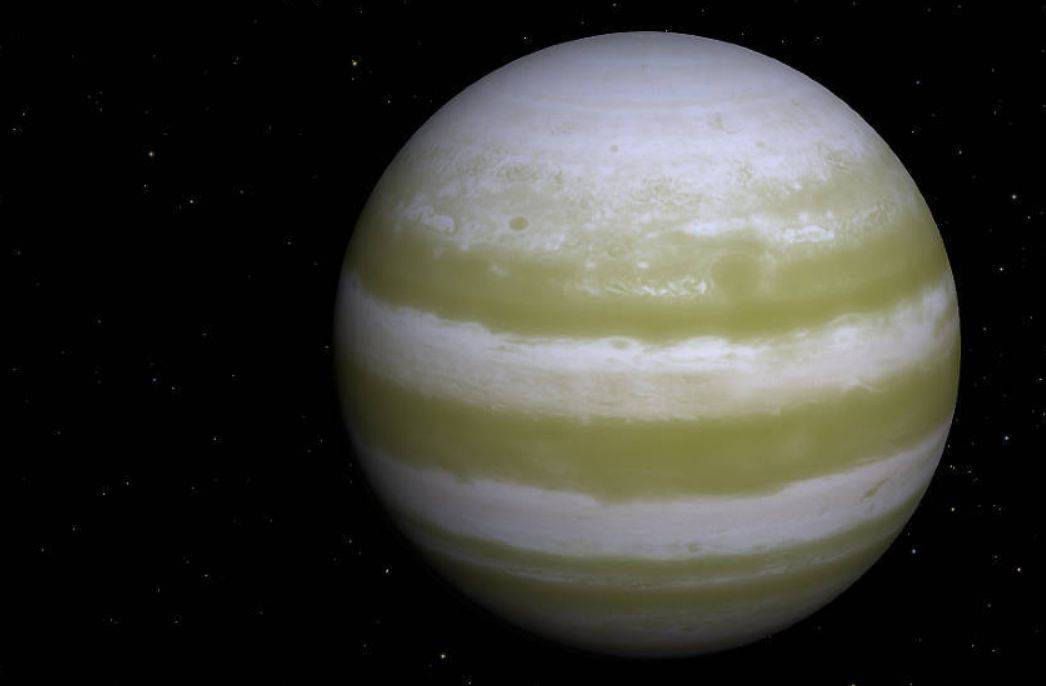Discovered just less than a month ago, two teams of researchers have managed to analyze the characteristics of a really strange exoplanet because of its high temperatures
The human being increasingly wants to know more about the world around them and, possibly, the most fascinating element that we have around us are the planets. That is where astronomers play a fundamental role, because thanks to new technologies they are able to discover all kinds of stars, with very diverse characteristics, and which can offer us very valuable information about how the Earth was formed. Their latest find is truly amazing: LTT 9779 b or the planet that “shouldn’t exist”.
Just less than a month ago, a team led by James Jenkins, from the University of Chile, managed to discover this strange planet. LTT 9779 b is the first discovered exoplanet of its kind, being the size of Neptune, orbiting really close to its star, and being located in a true stellar desert. Not surprisingly, it is so close to it that it orbits it every 19 hours. That was the main reason that led the experts to try to analyze this planet much more closely, bringing an incredible surprise: despite its ultrahot temperatures, the planet has its own atmosphere.
Several scientific teams have carried out various studies to analyse LTT 9779 b. The first article that has been published in ‘The Astrophysical Journal Letters’, team led by astronomer Ian Crossfield, from the University of Kansas, where they have managed to carry out the temperature profile of the exoplanet. They achieved this thanks to the study of its thermal energy with infrared light, which has allowed them to know its exact degrees despite being 260 light-years away.
“For the first time, we measured the light coming from this planet that shouldn’t exist. This planet is so intensely irradiated by its star that its temperature is over 3,000 degrees Fahrenheit [1,650 degrees Celsius] and its atmosphere could have evaporated entirely. Yet, our Spitzer observations show us its atmosphere via the infrared light the planet emits,” explained Crossfield.
Among the most curious results they have found, is that the hottest time of day for LTT 9779 b is exactly noon, unlike what happens on Earth, where it is a few hours later due to the heat reaching Earth’s atmosphere faster than it radiates into space. “The planet is much cooler than we expected, which suggests that it is reflecting away much of the incident starlight that hits it, presumably due to dayside clouds,” says astronomer Nicolas Cowan from the Institute for Research on Exoplanets (iREx) and McGill University in Canada.
The second study conducted, and also published in ‘The Astrophysical Journal Letters’, was carried out by astronomer Diana Dragomir, from the University of New Mexico, based on the study of the planet’s atmosphere. Her team analyzed secondary eclipses, that is, when LTT 9779 b passes behind the star it orbits. With this, what is achieved is to measure how the light is attenuated and, thus, understand the thermal structure of its atmosphere. A planet with such strange characteristics continues to raise many questions.
“Hot Neptunes are rare, and one in such an extreme environment as this one is difficult to explain because its mass isn’t large enough to hold on to an atmosphere for very long. So how did it manage? LTT 9779b had us scratching our heads, but the fact that it has an atmosphere gives us a rare way to investigate this type of planet, so we decided to probe it with another telescope,” says Dragomir.
Thus, they discovered that some of the wavelengths it was emitting were absorbed by molecules that were probably carbon monoxide. This situation had already been found on hot planets, but in general, they were gas giants, like Jupiter, which are more massive and use their gravity to retain their atmosphere. Until now, planets the size of Neptune were not thought to be massive enough to do this. Now, researchers will try to discover why something so unexpected happens on a planet that, due to its characteristics, should not exist
